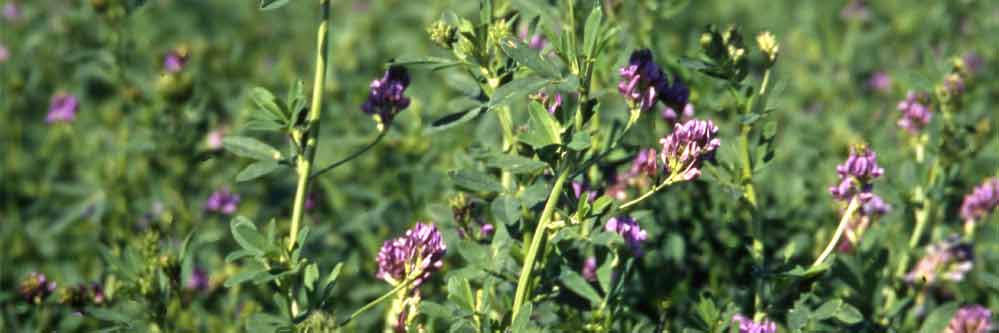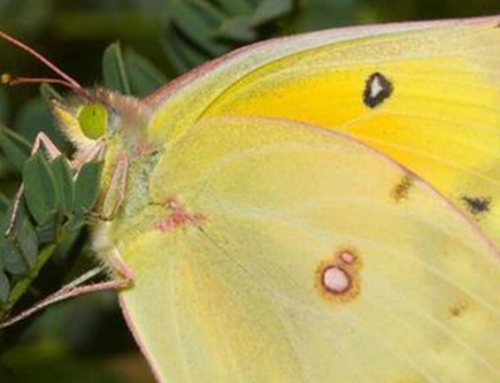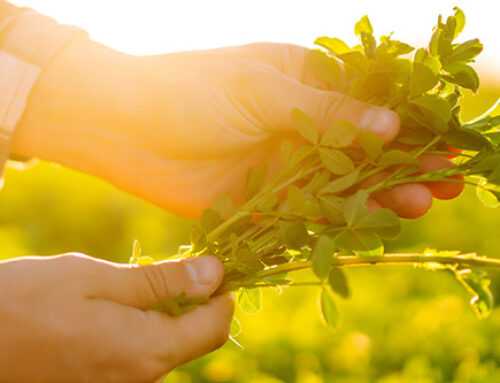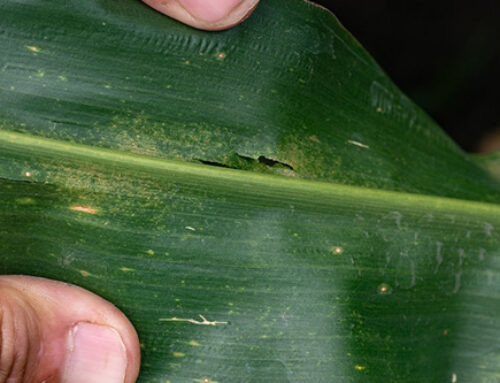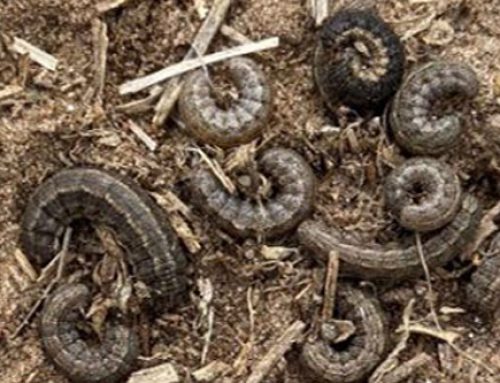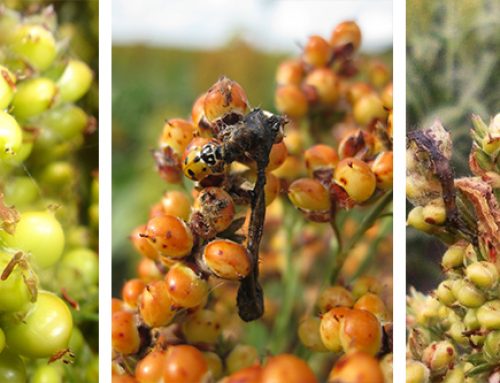Alfalfa weevil can cause major damage to alfalfa production during the early cuttings of the growing season. Adult weevils lay their eggs inside the alfalfa stems in the late fall or early spring. The hatched larvae then feed on the terminals and upper leaves of the alfalfa plant in the early spring where most of their damage is seen before the first cutting. This damage can also suppress yields by delaying the regrowth of the plant after the first cutting.
Timing of control measures is extremely important for population suppression so that yield damage can be minimized. At the current time, weevil resistant varieties of alfalfa are unavailable. This means that insecticide usage and timely cutting are the best interventions to prevent severe economic damage from the weevils.
Early vegetative infestations occur when the alfalfa plant is only three to seven inches tall. The alfalfa weevil larva itself is what causes most of the damage through their continuous feeding. These fields may need to be treated soon, depending on weather conditions and if significant feeding damage is seen on the growing point of the plant. When treatments are made this early in the season, an additional treatment may also be needed before the first cutting.
Mid vegetative infestations occur when the alfalfa is between eight and fourteen inches tall. At this time in the growing season, the larvae can cause severe foliage loss in just a few days. Treatment is vital at this time. This treatment needs to be made directly on the foliage. Coverage is very important to assure adequate control. If treatment is not sought when damage of this type is seen, production will be drastically diminished.
Late vegetative weevil infestations may be controlled by cutting early, if the hay is expected to dry quickly. But keep in mind, live weevil will continue to feed under the windrow, and will cause significant damage to the new growth. Damage from feeding under the windrow can cause significant loss to the second cutting as well as the first cutting. So even later treatments may be warranted, as long as harvest restriction requirements are followed for the chosen pesticide. After harvest it is necessary to protect regrowth. This is especially necessary in times of drought when the weevils can cause massive stunting and defoliation as the alfalfa tries to regrow.
Different combinations of treatments applied at various optimum times are often necessary to get satisfactory control of these pesky weevils. Just as weeds are becoming more tolerant and resistant to many herbicides, weevils are becoming tolerant to many pesticides. Weather conditions also play an important role in the efficacy of insecticide treatments. This is why it is vital that treatment options are discussed with your consultant so that optimum results can be seen.
Written by: Mark Hatley, Dumas, Texas
